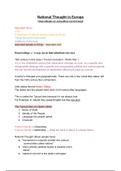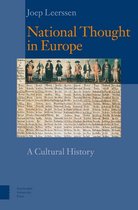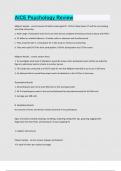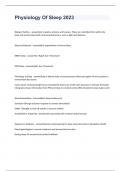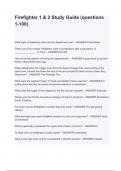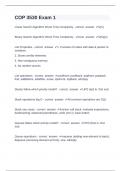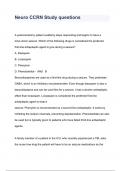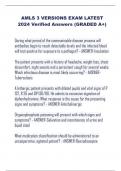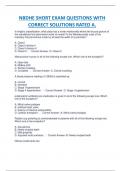Summary
National Thought in Europe Lecture notes PLUS SUMMARY (!!) of the book
- Module
- Institution
- Book
A complete overview of all my notes taken during the National Thought in Europe lectures. ENGLISH. (The dutch parts are just translation of words for myself to make studying easier! So if you are a Dutchie, the difficult English words are translated for you! If you're not, you won't miss out on thi...
[Show more]
